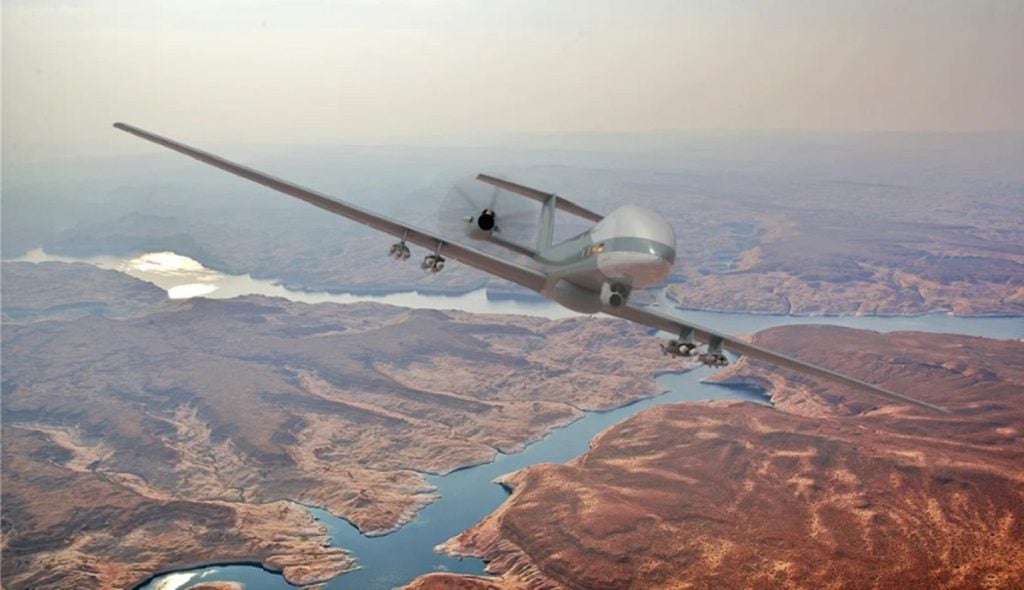Europe is a step closer to fielding its future Medium Altitude Long Endurance Remotely Piloted Aerial System (MALE RPAS), the so-called ‘Eurodrone’, after the success of a recent preliminary design review (PDR).
This future MALE RPAS will provide intelligence, surveillance, target acquisition and reconnaissance data.
Under the eye of Europe’s defence programme manager the Organisation for Joint Armament Procurement, or ‘OCCAR’ in French, Airbus Defence and Space, the lead contractor, alongside Dassault Aviation and Leonardo, have proved the initial design of the aircraft.
Eurodrone will serve as a leading product in EU efforts to increase its defence market attractiveness. Until now the US has led the way with the largest share of the military uncrewed aerial systems (UAS) market in 2023 with just over $2bn (18.57%) in annual expenditures, according to GlobalData intelligence.
These figures are due to contract with the rise of more innovative and affordable systems over the next decade.
The successful PDR is the outcome of different technical assessments and evaluations conducted, such as wind tunnel testing to confirm the aerodynamic configuration of Eurodrone, the overall design to ensure demonstration of operational capability, and the validation of a fully representative digital twin.
A digital focus
Digital twins are virtual representations of physical assets, systems, people, or processes. They help detect, prevent, predict and optimise the physical environment using artificial intelligence (AI), real-time analytics, visualisation, and simulation tools.
In aerospace and defence, digital twins are being used to reduce maintenance costs, improve performance, increase operational capacity, and optimise weapons design.
By providing a physical and digital assessment of the Eurodrone concept, the industrial team will provide a relatively risk-free way of sustaining the concept through life.
However, one area of focus in that regard will be to ensure interoperability for the long term among Eurodrone users. With plans to export the UAS to other countries such as Japan – a nation with observer status in the programme – the manufacturers will need create standard digital and data formats,, communication protocols and interfaces.
This will ensure the seamless integration across different platforms, software and hardware in a time that demands allies to work more closely than they ever have before. Efforts are underway to address these challenges; however, achieving full interoperability requires collaboration among industry stakeholders, technology providers, and standardisation bodies.











